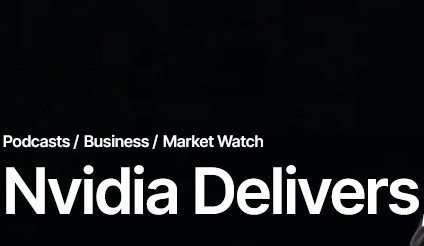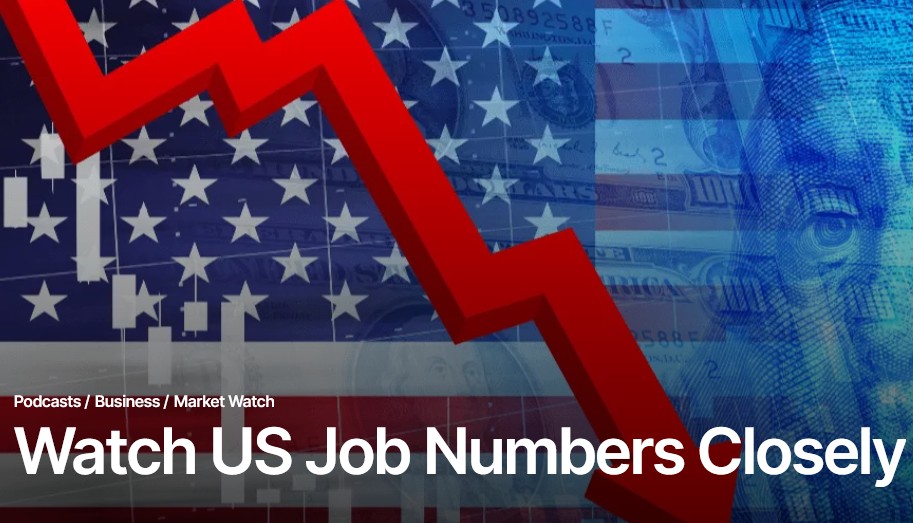The Trust Gap: Why Corporate Finance is Poised to Lead the AI Revolution
The narrative around Artificial Intelligence has been dominated by two extremes: utopian hype and dystopian fear. The newly released 2025 Edelman Trust Barometer Flash Poll confirms that we have reached a critical crossroads. While developing markets like China and Brazil are rushing to embrace AI, corporate users in the developed seem to want to hit the brakes.
In the United States, respondents are now nearly three times as likely to reject the growing use of AI as they are to embrace it (49% reject vs. 17% embrace).
For corporate leaders, this signals a dangerous disconnect. The technology is ready, but the workforce is resistant. However, buried within the data is a signal that Corporate Finance is uniquely positioned to bridge this gap. While the general population pulls back, the finance remains one of the few jobs where enthusiasm still outweighs rejection.
The Finance Exception
While the general population pulls back, finance stands out as a rare beacon of optimism. The Edelman data reveals that 43% of finance employees embrace AI, compared to only 25% who reject it.
This +18 point net enthusiasm gap is significant. In fact, finance is the only function aside from technology where enthusiastic adopters significantly outnumber rejecters.
For corporate leaders, this statistic is a green light. It suggests that finance teams are not just ready for “Real AI“—they are actively waiting for it. The resistance often seen in other departments does not hold the same weight in finance, likely because the leap from structured financial models to AI-driven forecasting is an evolution, not a replacement.
The “Black Box” Problem
The resistance to AI isn’t primarily about the fear of automation; it is a crisis of trust. The Edelman report highlights that trust in AI lags significantly behind trust in the technology sector as a whole. People do not reject innovation; they reject what they do not understand.
This is where the concept of “Hype AI” fails and “Real AI” succeeds. Hype AI asks users to blindly trust a black box. Real AI – specifically the Judgmental AI we advocate for in corporate finance – invites users to interrogate the data.
Edelman’s survey proves this point: Knowledge and trust are the top drivers of enthusiasm. Simply feeling “informed” about AI boosts the likelihood of enthusiastic adoption by over 17%. When employees understand how the machine reached its conclusion, resistance fades.
Complexity as the Gateway to Trust
One of the most profound findings in the 2025 report is the relationship between complexity and trust. When AI is used to simplify complex ideas and processes, trust skyrockets.
In the US, employees who say AI helped them understand complex ideas were 37 points more likely to trust the technology (58% vs. 21%).
This validates the shift toward Judgmental AI in corporate finance. The goal is not to have an algorithm silently process a budget or audit a ledger in the background. The goal is to use AI to help a CFO easily understand where a variance occurred or what path a revenue or expense line is likely to take without the time consuming process of manual reforecasting.
When AI acts as a tool for clarity rather than a replacement for thought, finance can stay in control, not be displaced by algorithms.
Moving From “Replacement” to “Transformation”
The fear that AI adoption is stalled by job insecurity is a half-truth. The Edelman data shows that merely assuring employees their jobs are safe does surprisingly little to boost enthusiasm (26% embrace rate).
However, when the narrative shifts to job transformation – specifically, how AI helps an employee do their current job better – enthusiasm nearly doubles (43%).
This reinforces the strategy of Cognitive Collaboration. The most successful finance teams aren’t using AI to cut heads; they are using it to cut through the noise. They are deploying tools like AuditFlow and BudgetFlow not to automate the finance professional out of existence, but to automate the drudgery so the professional can focus on high-value judgment.
The Way Forward: Experience Over Mandates
The data is clear: You cannot mandate trust. In fact, among those who already distrust AI, 67% feel it is being “forced” upon them.
To bridge the trust gap, organizations must move beyond top-down directives and focus on personal, hands-on experience. “Personal experience” and “peer influence” are the only consistently trusted vectors for AI adoption.
For Corporate Finance, the path forward is practical, not theoretical. Stop talking about the “future of AI” and start demonstrating the present value of efficiency. When a finance team member sees personally that an AI tool can reduce a week-long budgeting cycle to a few hours while improving accuracy, they don’t just adopt the technology. They trust it.
Learn more about how AuditFlow and BudgetFlow can bring Cognitive Collaboration to your corporate finance organization:
More about the Edelman Trust Barometer here: https://www.edelman.com/trust/2025/trust-barometer/flash-poll-trust-artifical-intelligence



